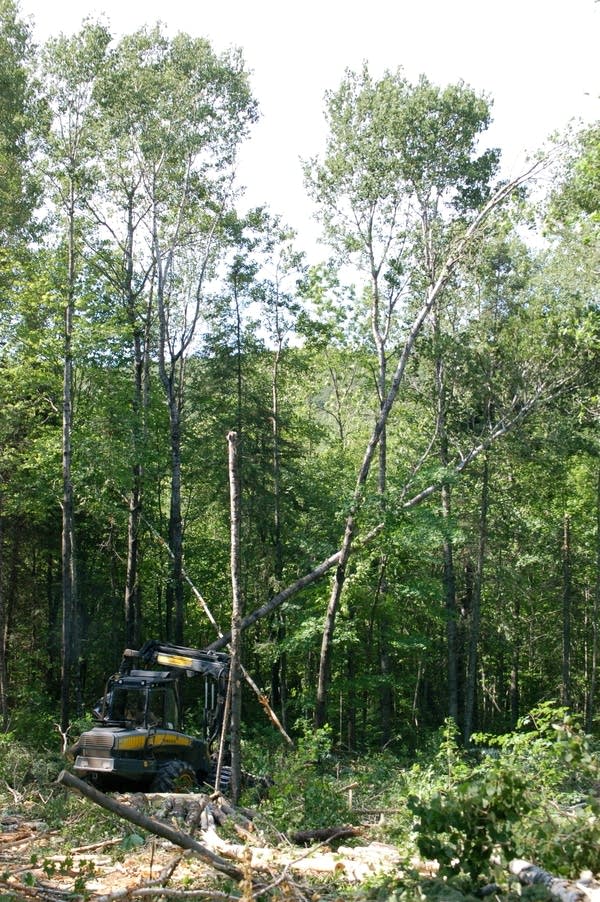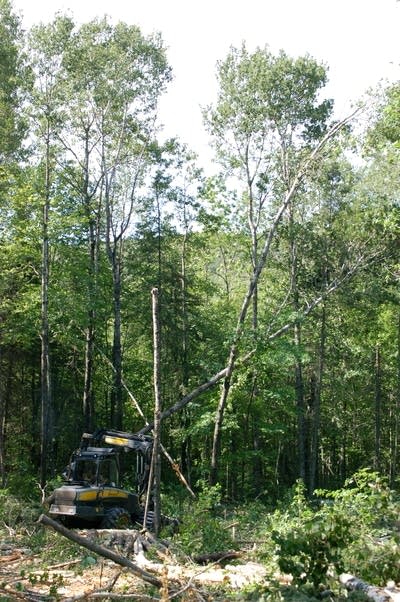Minn. timber harvest down 25-30 percent since 2006
Go Deeper.
Create an account or log in to save stories.
Like this?
Thanks for liking this story! We have added it to a list of your favorite stories.

Northern Minnesota's logging industry is suffering along with the rest of the national wood products industry, but leaders of trade groups say loggers who've held on so far are likely to survive.
Since the downward trend started in 2006, the timber harvest volume in Minnesota has dropped by between 25 percent and 30 percent because of closures or cutbacks at several board plants, paper mills and numerous smaller sawmills, said Scott Dane, executive director of the Associated Contract Loggers and Truckers of Minnesota.
"Minnesota is following the national trend of losing logging infrastructure," Dane told the Mesabi Daily News of Virginia for a weekend story.
According his group, there has been a 35 percent decline in U.S. logging jobs from 2001 to 2011, from 73,500 to 47,700 workers.
Turn Up Your Support
MPR News helps you turn down the noise and build shared understanding. Turn up your support for this public resource and keep trusted journalism accessible to all.
Wayne Brandt, executive vice president of Minnesota Forestry Industries, said the drop was driven largely by the crash of new home construction. Minnesota loggers harvested about 4 million cords of wood a year around 2006, but that figure is now at about 2.7 million cords annually. The number of new U.S. housing starts fell from about 2 million in 2005 to under 600,000 per year currently, Brandt said.
Dane said logging operators also have had cope with rising fuel expenses, regulatory costs and legal challenges from environmental groups. Plus, prices that sawmills receive have not kept pace with costs for equipment, parts and supplies either.
Dane predicted logging capacity will continue to decline until demand for paper or wood products increases and loggers' profit margins go up.
"There's very little incentive for a logger to come in to the industry," Dane said, "or for loggers to reinvest in their operations."
Dane said he has seen several of his members quit logging because it takes a lot of work for too little return.
"Once these guys leave the woods, they're not going to go back in," he said.
There is one positive, he said. The fees logging operations have to pay to harvest timber from public lands, called "stumpage," are down.
"Minnesota stumpage has come down to about half of what it was," Dane said. A cord of wood now costs them about $25 to $30, depending on the species.
For Brandt, the positive is that while the logging industry has taken its lumps, "those who have survived are going to survive."
"We've got an excellent group of loggers," Brandt said.
---
Information from: Mesabi Daily News
(Copyright 2012 by The Associated Press. All Rights Reserved.)




